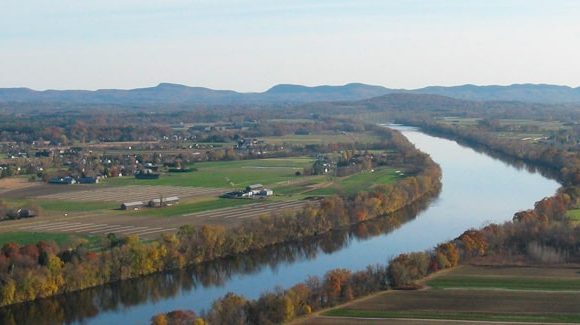Downzoning is the practice of initiating a new zone and regulation, or changing it so that densities or standards previously allowed on property are changed to further restrict the use of the property. Downzoning usually occurs during a comprehensive rezoning process conducted by the appropriate county agency. It can also occur to a specific property at the request of the owner of that property.
This study was initiated because of the controversy that surrounds a downzoning action. In sum, landowners are concerned that if their property is the subject of a downzoning, the property will be de-valued and the equity that they had built up in the property will be diminished or lost. This study took a three-fold approach to find out whether downzoning maintained equity, particularly for rural and agriculturally zoned land. The first part of the approach was to conduct a national literature search of downzoning examples to ascertain whether there was a pattern of equity retention or loss of value or both. The second part of the approach was extensive use of interviews. Local county planning and zoning offices of Anne Arundel, Baltimore, Calvert, Caroline, Cecil, Charles, Dorchester, Kent, Montgomery, Queen Anne’s and Talbot were interviewed as to the specific programs they had in place. Members of the agricultural community were interviewed as to their personal experience and opinion with downzoning. And, three former Secretaries of the Department of Agriculture were all interviewed as to their State- wide perspective on downzoning. The third part of the approach involved rigorous statistical analysis in which study counties (those that had downzoned) were paired with control counties (those that had not downzoned). The study counties were Dorchester, Kent, Calvert and Talbot. The control counties with which the study counties were paired were Somerset, Queen Anne’s, Charles and Queen Anne’s respectively. Land transactions and the acreage value within each county reflecting the time period before and after the downzoning were examined and recorded. The pairing allowed for a comparison of land value to be made between the counties both with respect to land value before the downzoning and with respect to land values after the downzoning.





